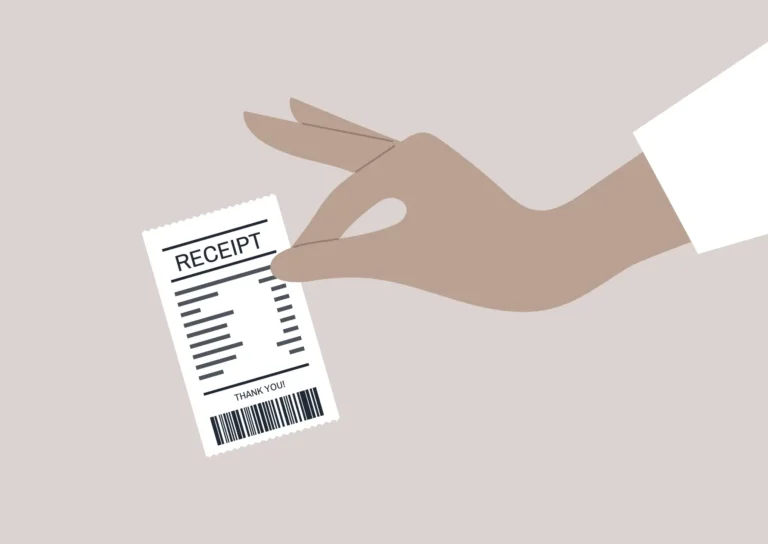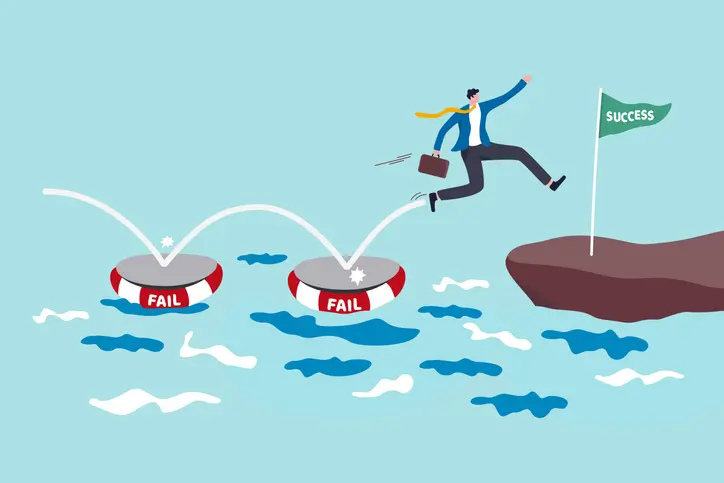UX design is a lucrative investment

The top companies in the world have learned that investing in UX design improves ROI (return on investment).
“Every $1 invested in UX results in a return of $2 to $100” is a commonly used statistic in the UX design sphere. However, investing in research and design can feel less like an investment, and more like a sunk cost.
When success can vary, investing in UX may seem like a gamble with time and money. But research results may suggest diverting more resources towards solutions that seem outside of business goals. In addition, studies show bad UX design and defects in a product are up to 15 times more costly than if they were identified and fixed during the design phase of development.
Good UX implementation can make significant changes to ROI measurements. Improved usability and design has the potential to increase customer retention, revenue, the pool of potential loyal customers, overall brand loyalty, and the number of satisfied customers promoting the product.
How design improves ROI
Customer retention
Customer retention can be determined by (# of customers at the end of a measurement period) – (# of new customers)/ (# of customers at the start of the measurement period).

Another metric that can correlate retention is customer churn rate. Churn rate can be determined over a measurement period by (# of customers at the start of the period) – (# of customers a the end of a period)/(# of customers at the start of the period).

Studies have shown good UX design can improve retention by up to 400 percent, while reducing churn. If users have a frictionless experience with a product, the less likely they will leave. Eighty-eight percent of users stated they would not return to a site if they had a bad experience.
Well optimized products are capable of attracting and keeping customers, whereas frustrating experiences will turn away customers for good.
Usability and accessibility
Delving further into research and design, investing in usability and accessibility can tap into a larger customer base. Many companies have the misconception that accessibility does not affect their user base; therefore, allocating more budget towards creating a more accessible product may not feel like a necessity.
However, non-compliance with accessibility mandates have cost organizations an average of $14.82 million. Meanwhile, creating a product that accounts for varying user disabilities can widen your customer base and loyalty.
Twenty-six percent — or 1 in 4 — adults in the U.S. have some type of disability, with over 61 million Americans living with a disability. The disabilities can vary.
For example, a person who can only utilize one hand could look like a user who is an amputee, a user with paralysis, or a user who is temporarily in a cast.
If over 61 million users can’t use a product — or are so frustrated with trying to accomplish their goals that they leave — this can account for customer churn rates, bounce rates, and retention.

Brand Loyalty
Brand loyalty can translate repeat purchases, increased customer lifetime value, and the likelihood that customers will recommend the product to others. But, brand recognition can backfire if users have poor experience because they will associate their experience with the brand.
Within the US, 17 percent of users will stop interacting with a brand they love after one bad experience. After several bad experiences, that percentage jumps to 57 percent.
For users on mobile apps and sites, 62 percent of users said they were less likely to purchase from a brand they had a poor experience with. Eighty-three percent of users want a seamless experience across all devices, with Gen Z users expecting responsiveness as a basic standard.
With this in mind, a usable, accessible, responsive product creates more goodwill and loyalty by associating a helpful and frictionless experience with the brand.
First impressions and customer satisfaction
A user’s first impression of a product creates a bias that affects the rest of their experience. Ninety-four percent of users base their first impressions of a site on the design, and 75 percent of users judge the credibility of a website by the aesthetics.
These first impressions take an average of 0.05 seconds to form. Slow-loading pages leave a poor impression. Ninety percent of users will stop using an app if it performs poorly. A good design that’s quick and efficient to use can reduce new customer bounce rate.
Going beyond a workable design can have benefits as well. A design that delights the user will leave a lasting impression and increase the net promoter score. The more happy customers there are, the larger the group of people who will recommend the product to others.

Ready to start reaping the benefits, yet?
UX design and research can seem like both a sunk cost and a gamble. However, studies show it can be more costly to avoid implementing UX solutions, while greatly increasing ROI measurements and revenue.
The key to getting the benefits of UX solutions is thorough and thoughtful design. A dedicated UX design team can delve into the symptoms and find the underlying causes of poor user experiences.
Resources
- Return on Investment for Usability
- How Investing in UX Will Save Your Business Money & Time
- Know Your User – UX Statistics and Insights
- eCommerce User Experience: How to Increase Online Traffic & Sales
- Customer Experience is Everything
- Integrating Software Assurance into the Software Development Life Cycle
- The Real ROI of Making Your Products More Accessible











